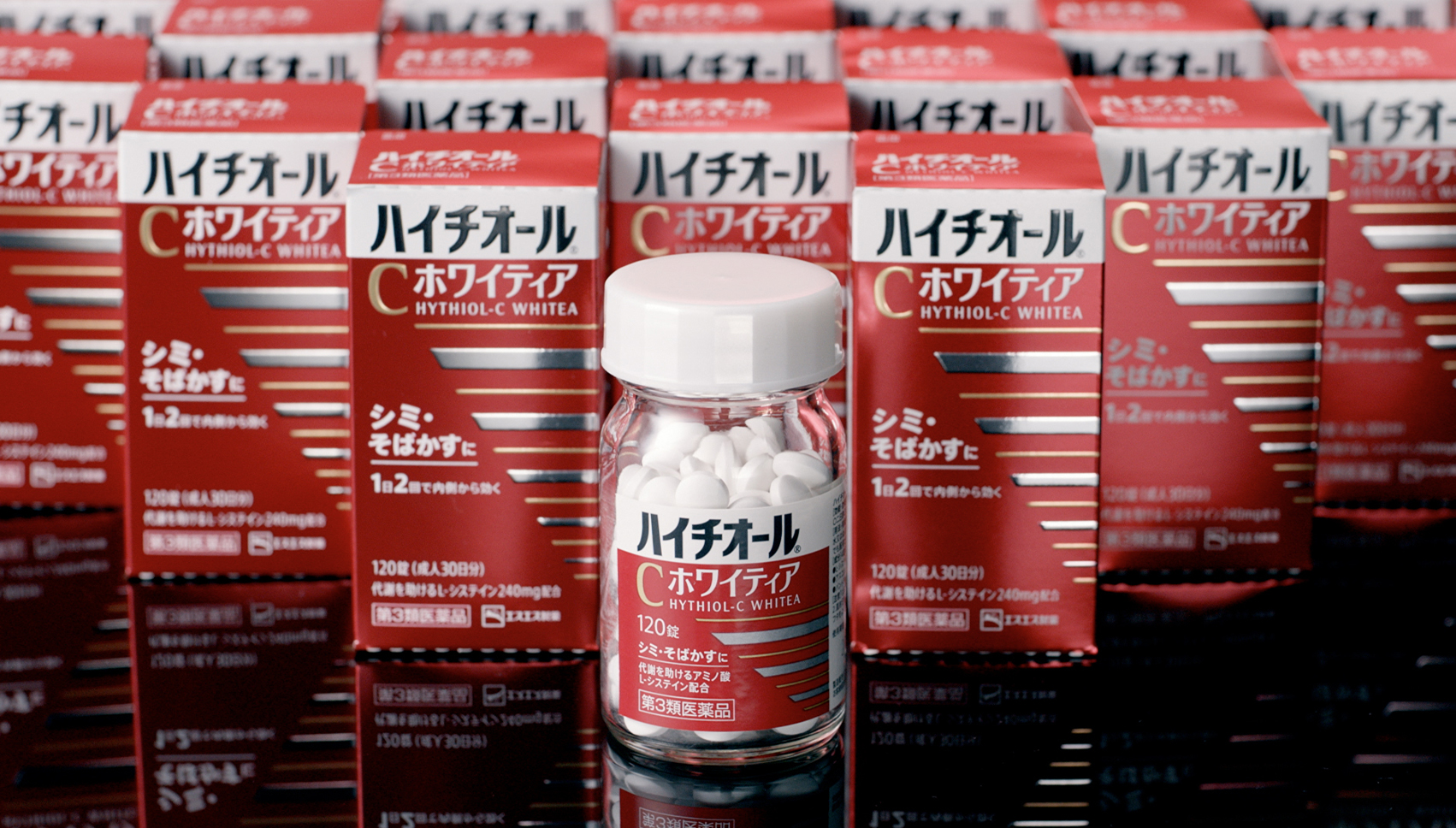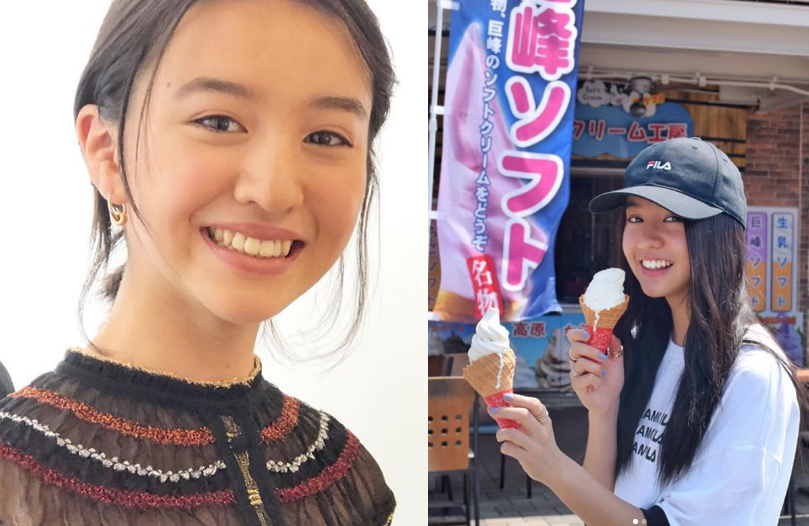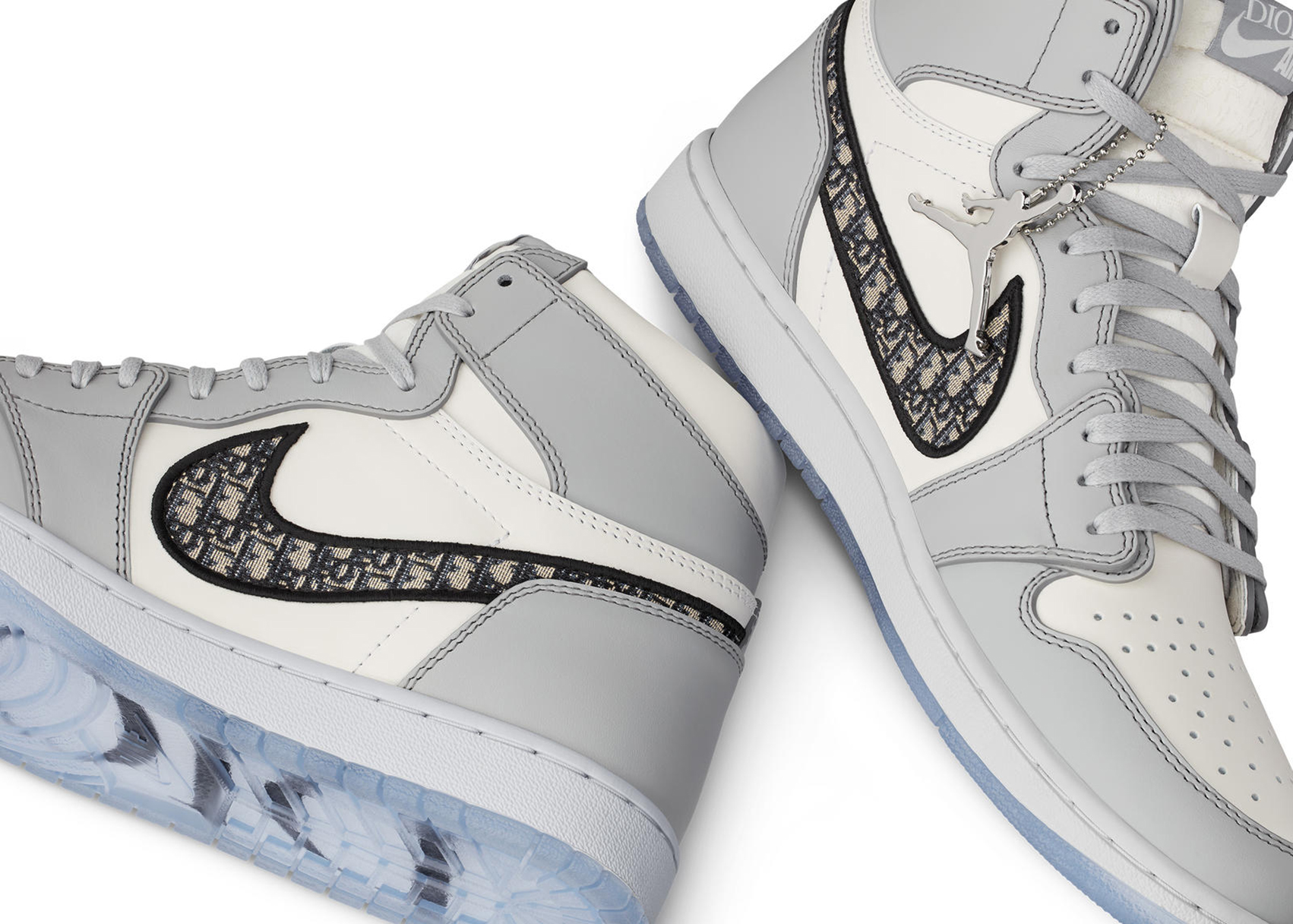 HYTHIOL-C in the 1970s
HYTHIOL-C in the 1970s
When Hongkongers travel to Japan, many of them make it a point to visit drugstores to search for popular products, especially those designed for women such as face masks, cosmetics, and supplements. Among the many drugstores in Japan, one particular product that always dominates the best-selling shelves is a popular whitening supplement called HYTHIOL-C PLUS (ハイチオール C+). Not only is it the signature product of SSP Co., Ltd. in Japan, but it is also the top repurchased supplement locally. The pill's miraculous effectiveness is praised by many users both in Japan and abroad, but few people know that the product had a completely different brand image in the past.
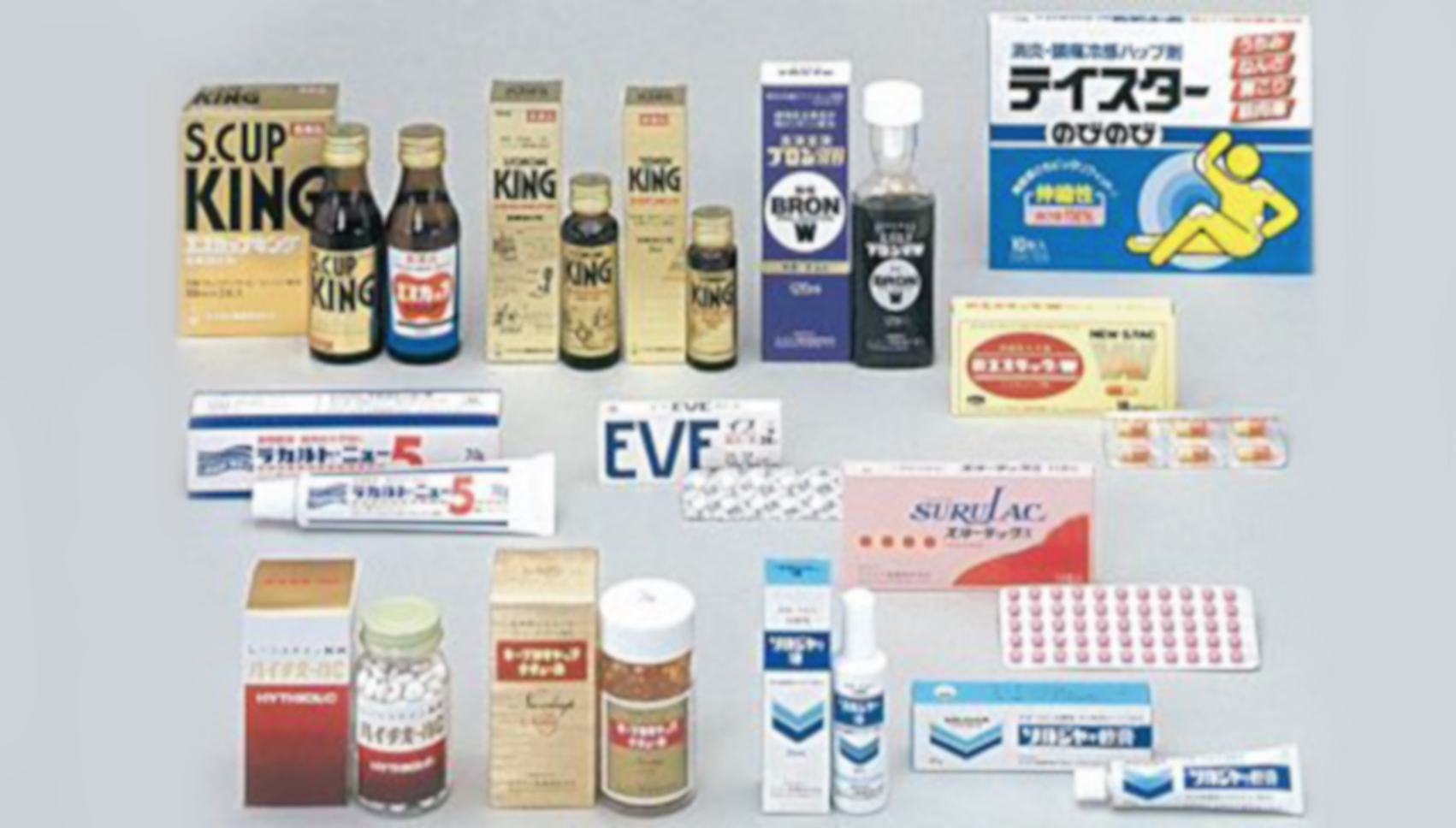 HYTHIOL-C became the flagship product of SSP shortly after its launch
HYTHIOL-C became the flagship product of SSP shortly after its launch
HYTHIOL-C: A Supplement Tailored for Men's Needs
HYTHIOL-C PLUS was created by SSP in the 1970s, at a time when the culture of drinking and socialising after work became prevalent in Japan. The company saw an opportunity and introduced HYTHIOL, a hangover pill for men, which quickly became a best-seller.
Although HYTHIOL enjoyed strong sales in the 1970s and 1980s, its sales stagnated in the 1990s. In response to this, SSP made the bold decision to completely reposition the brand, in an effort to reignite growth.
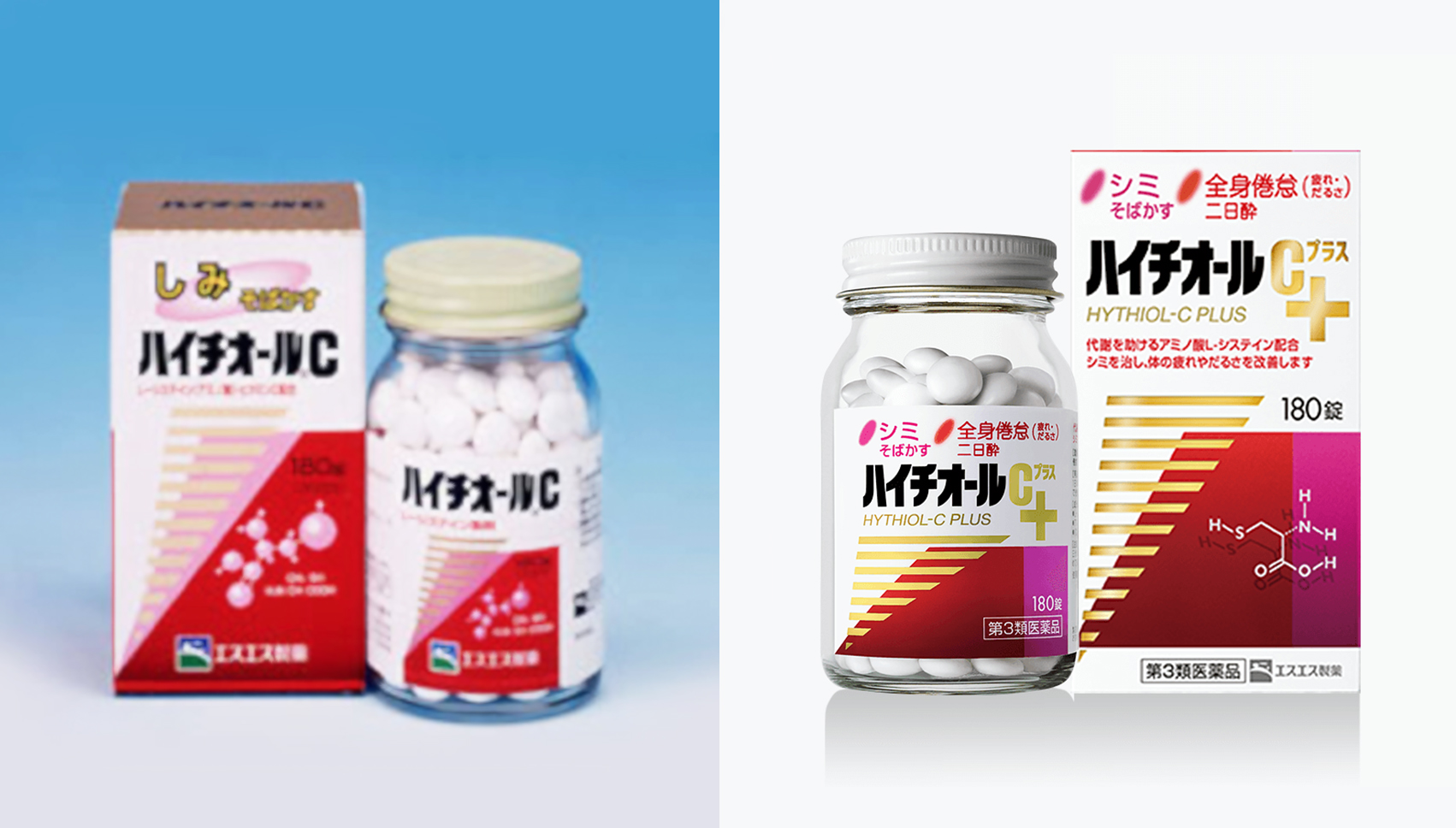 Comparison between the old and new packaging of HYTHIOL-C
Comparison between the old and new packaging of HYTHIOL-C
Finding the Right Path to High Sales
Starting with a review of the product formula, White Rabbit discovered that the main ingredient in HYTHIOL, L'Cysteine, not only relieves hangovers but also activates skin metabolism to eliminate excess black pigments. This surprising discovery undoubtedly provided SSP with a direction for rebranding.
SSP then shifted their focus to young women, positioning HYTHIOL as a solution for improving spots and freckles. They renamed the product HYTHIOL-C PLUS and updated its packaging to align with the new target audience. However, SSP knew that simply changing consumers' perceptions of the brand was not sufficient to increase sales. They had to go beyond that and improve the overall consumer experience.
 After repositioning HYTHIOL-C, SSP launched advertisements targeting female customers.
After repositioning HYTHIOL-C, SSP launched advertisements targeting female customers.
In order to cater to the continuous usage needs of women, SSP changed the quantity of pills per bottle and re-adjusted the dosage of each pill, reducing the number of pills taken from four to two each time. With the adjustment in quantity, the retail price of each bottle was also lowered from 3,800 yen to 2,200 yen.
In addition, SSP broadened its reach by venturing into chain drugstores like Matsumoto Kiyoshi, which cater to a young female demographic. Leveraging these new sales channels, the advertising team at White Rabbit devised a compelling catchphrase - 'Cure your spots with HYTHIOL-C' (シミ、のんで治そう。ハイチオールC) - that resonated with numerous female consumers and resulted in a substantial surge in sales.
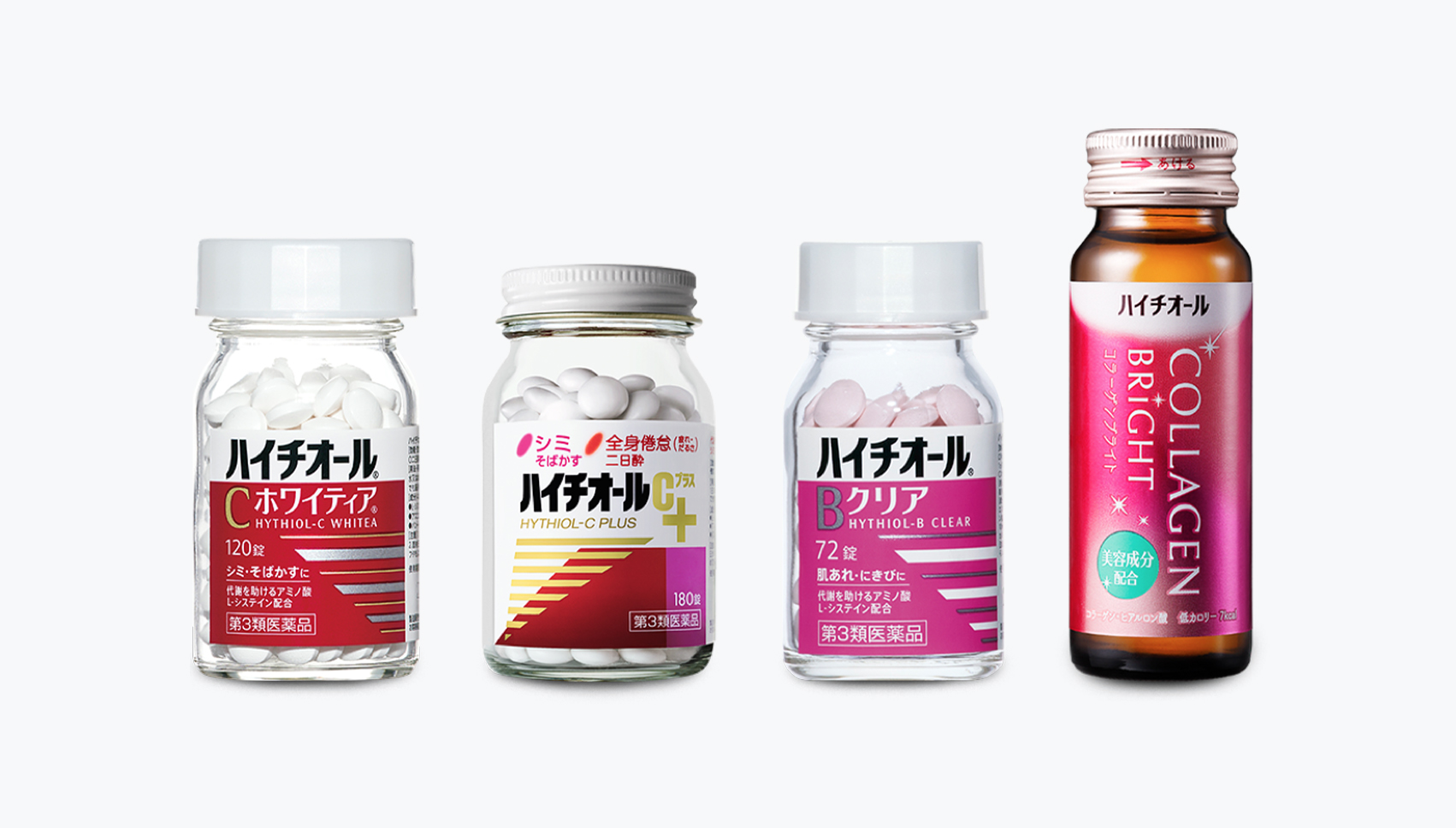 After being repackaged, HYTHIOL-B evolved into a product line for teenage girls within the HYTHIOL series.
After being repackaged, HYTHIOL-B evolved into a product line for teenage girls within the HYTHIOL series.
Due to the strong performance of HYTHIOL-C PLUS, SSP could broaden its range of products for women with a wider selection. Alongside relaunching HYTHIOL-B, which provides pain relief to men and women in office jobs, as a treatment for acne in high school girls, SSP unveiled HYTHIOL-C WHITE, an upgraded version of HYTHIOL-C for middle-aged women, and COLLAGEN BRIGHT, a collagen supplement specifically designed for working women.
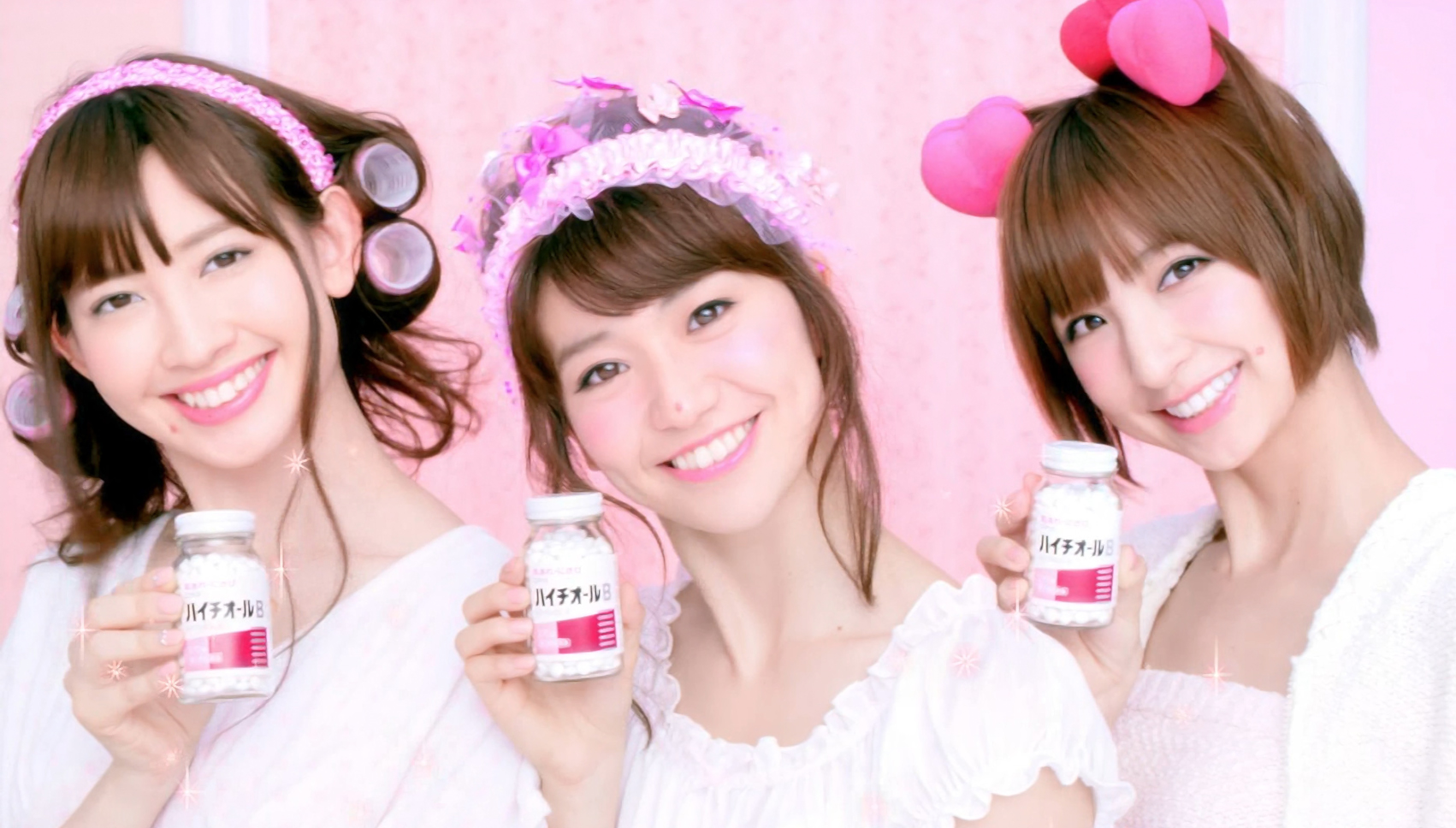 In 2011, an advertising campaign targeting high school girls was launched for HYTHIOL-B.
In 2011, an advertising campaign targeting high school girls was launched for HYTHIOL-B.
Through the success of HYTHIOL-C PLUS, we can see that when traditional product positioning fails to meet consumer expectations, rebranding is an extremely effective brand and product marketing strategy. When rebranding, it's not just about improving advertising direction, but also considering brand image, product experience, pricing, packaging design, and distribution.
Therefore, when reshaping a brand, it is necessary to re-evaluate the product's strengths while also identifying consumer pain points and creating compelling reasons for consumers to buy. Of course, the most crucial element is having the courage to make changes in order to achieve the desired outcome.
Image Source
https://www.awaytravel.com/
https://since2018.jp/knowledgebase/case-study/776
https://www.missiondrivenbrand.jp/entry/kaitai_brandingcasestudy
